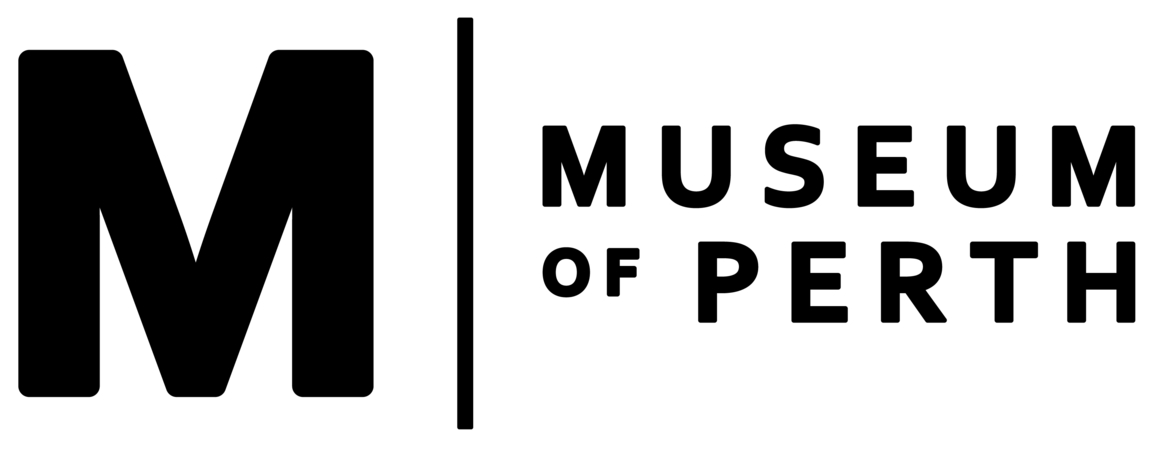Yandilup
Yan-dee-lup / Yandeelup / Yandigup / Yandellup
Description & Location
Yandilup is described as the sloping ground between St. Mary’s Cathedral (Victoria Square) and the Perth Train Station. In some references the name is also attributed to the site of the Perth Station itself, which was originally a low-lying swamp (renamed Lake Kingsford by Europeans).
Noongar Elder Len Collard translates the name Yandilup to mean ‘the reeds are on and by this place’. Yanjidee is the name given to the interior rhizome root of these reeds, or bulrushes. The yanjidee were collected by Noongar women using wanna (digging sticks) or, during the Noongar season of Djeran (April – May).
Yandilup may also refer to a site of bog iron deposits that contained high grade red ochre (mirda) traded by Yellagonga, a prominent Noongar leader and Elder at the time of European contact.
Mirda was an important resource and wellbeing tool for Noongar people, used for a variety of purposes, including:
a protective layer against insects and adverse weather conditions (similar to wilgi, a topical mixture of clay and animal fat);
body decoration for men and women to “dress up” when visiting other camps;
topical treatment for wounds, ulcers and boils, and ingestion for iron deficiency; and
Noongar men used mirda to tan kangaroo skins (bookas) and as a conditioner for wooden tools, such as boomerangs and spears.
Fanny Balbuk, a well-known Noongar historical figure who passed away in 1907 at the age of 64, protested the occupation of her traditional home ground by Europeans, including the Yandilup area. The ethnographer Daisy Bates, whose research was informed by Balbuk’s wealth of knowledge on the Perth region, described how Fanny would break through and climb over fences, continuing to walk her traditional bidi (track) to catch and gather bush foods at Yandilup.
Today, a mini wetland has been established in the Perth Cultural Centre next to the Station in recognition of its original landscape.
References
Bates, D. Manuscript 365/4/174, Notebook 20, p.57.
Bates, D. Manuscript 365/4/179, Notebook 20, p.63.
Bates, D. Manuscript 365/72/349
Bates, D. (1909, December 25). Oldest Perth. Western Mail, p. 16. Retrieved from http://nla.gov.au/nla.news-article37401699.
Collard, L. (2014). This City is Wadjuk Country, Aboriginal heritage in the city of Perth before 1829.
Vinnicombe, P. (1989). Goonininup: A Site Complex on The Southern Side of Mount Eliza : An Historical Perspective of Land Use And Associations in The Old Swan Brewery Area. Perth, WA: Western Australian Museum, p.18.
Western Australian Museum. (2014). Reimagining Perth’s Lost Wetlands. Retrieved from http://museum.wa.gov.au/explore/wetlands/aboriginal-context/fanny-balbuk.
Maps
State Records Office of WA. Cons993. 1927/0038. Plan of Prohibited Area, Perth.
Murray Street west across Irwin Street to the city of Perth from the hospital, Alfred Hawes Stone, 1862, State Library of Western Australia, 6923B/167

